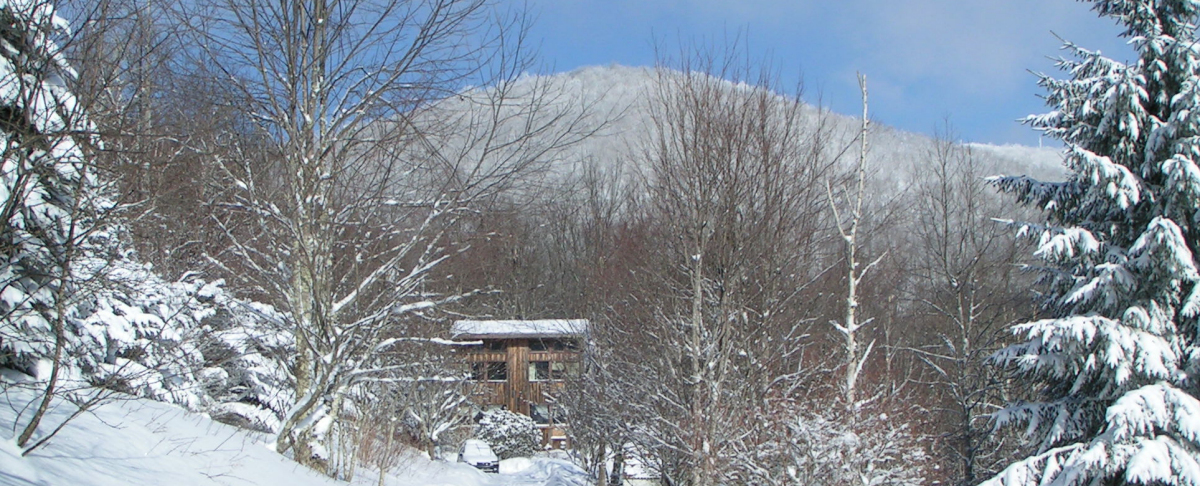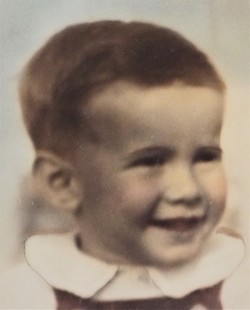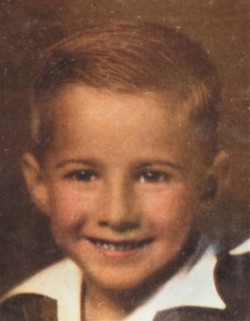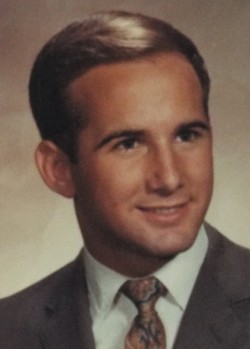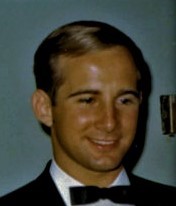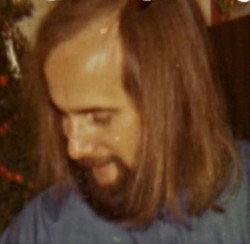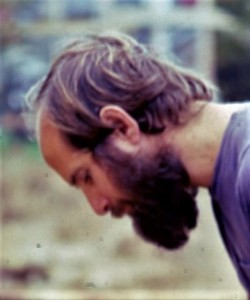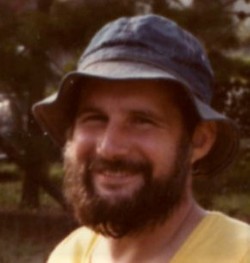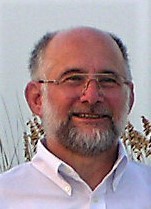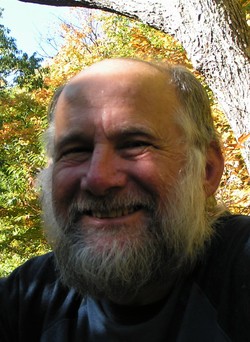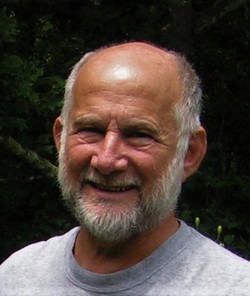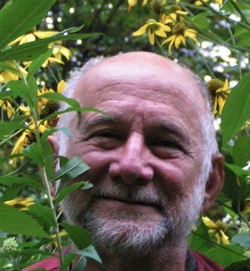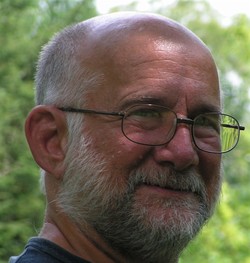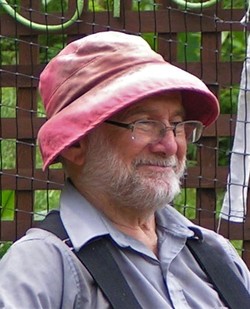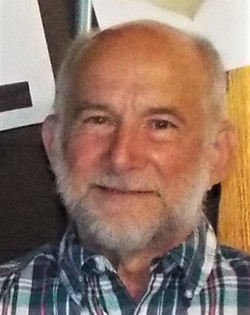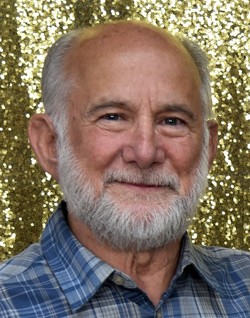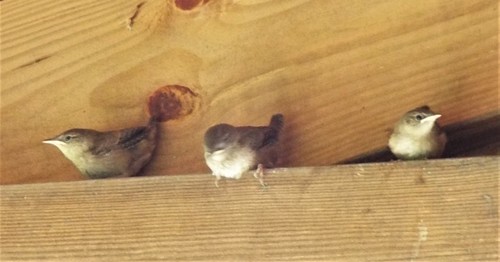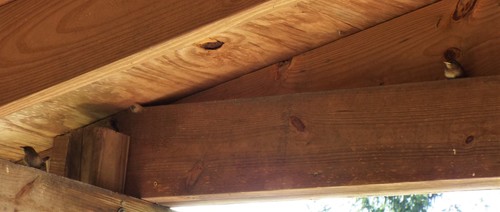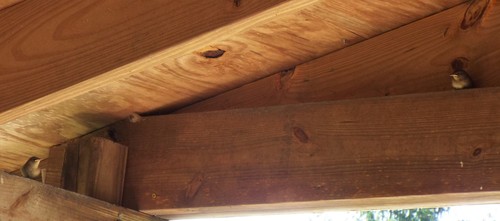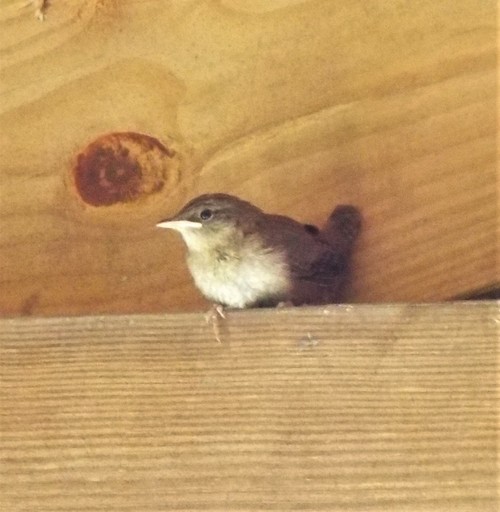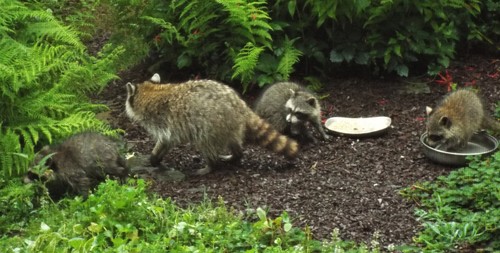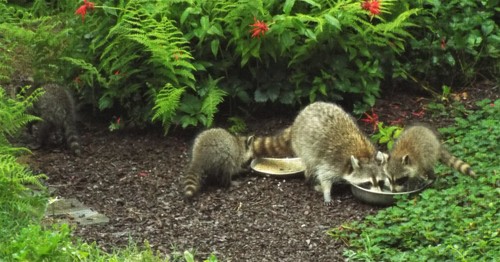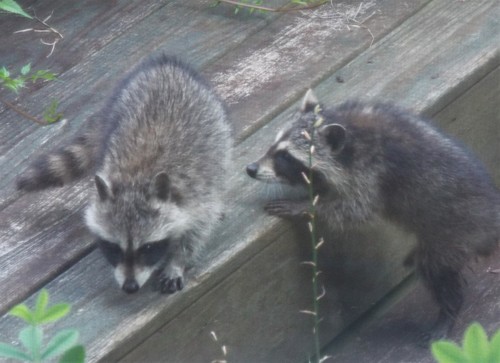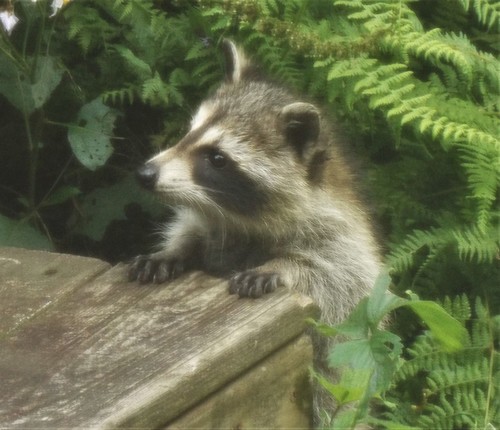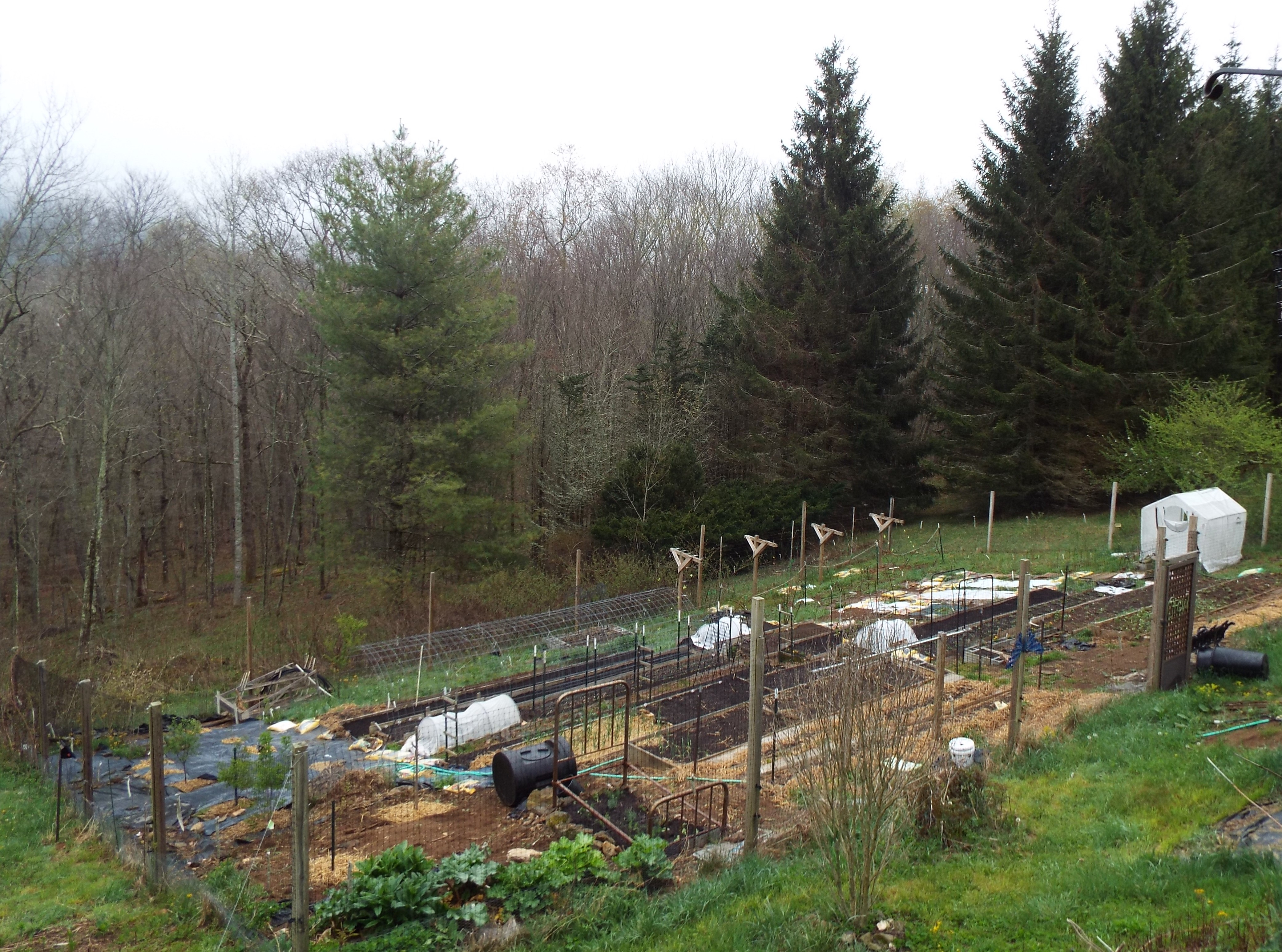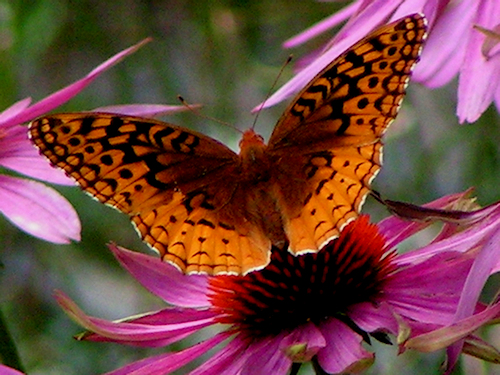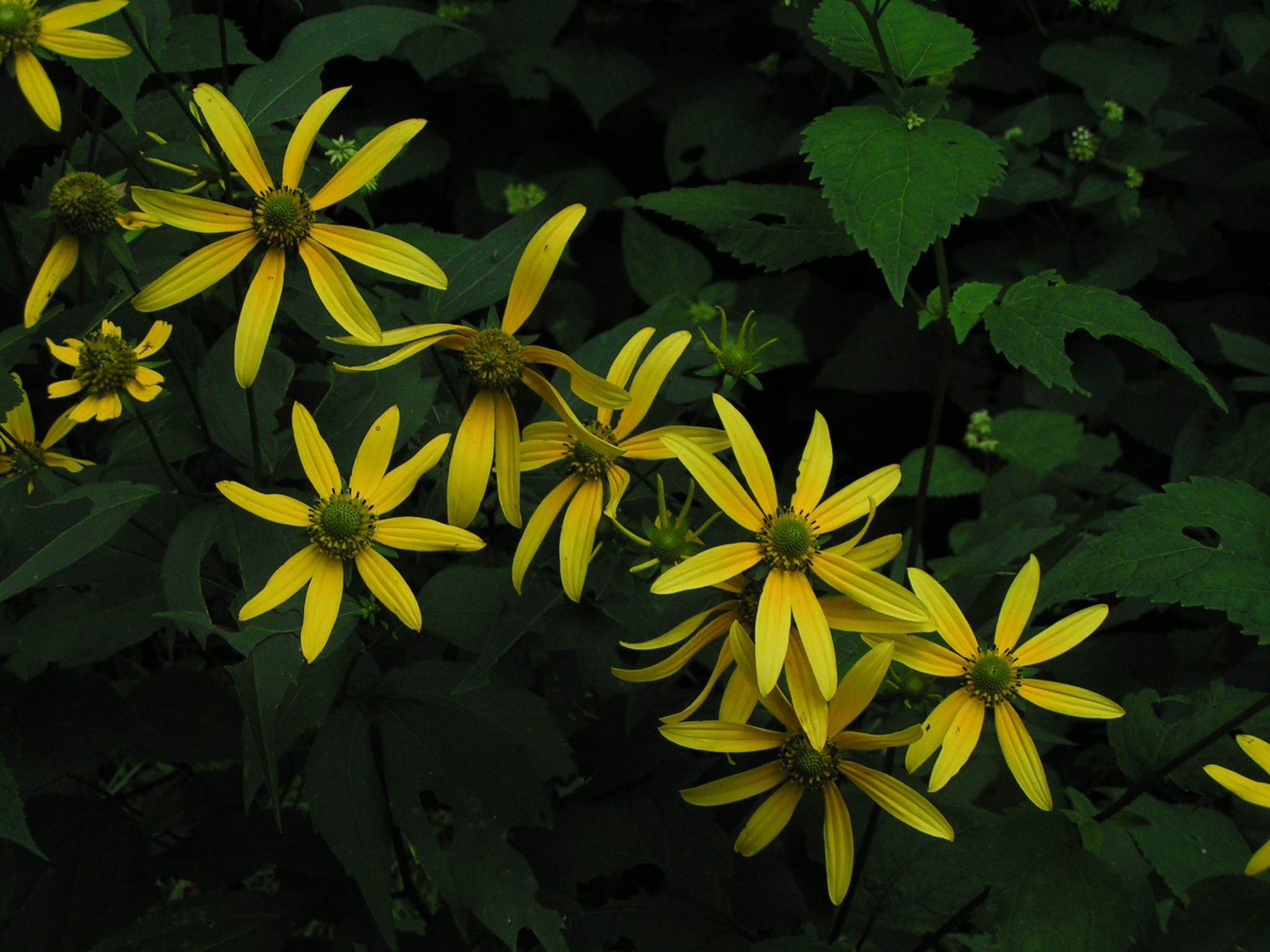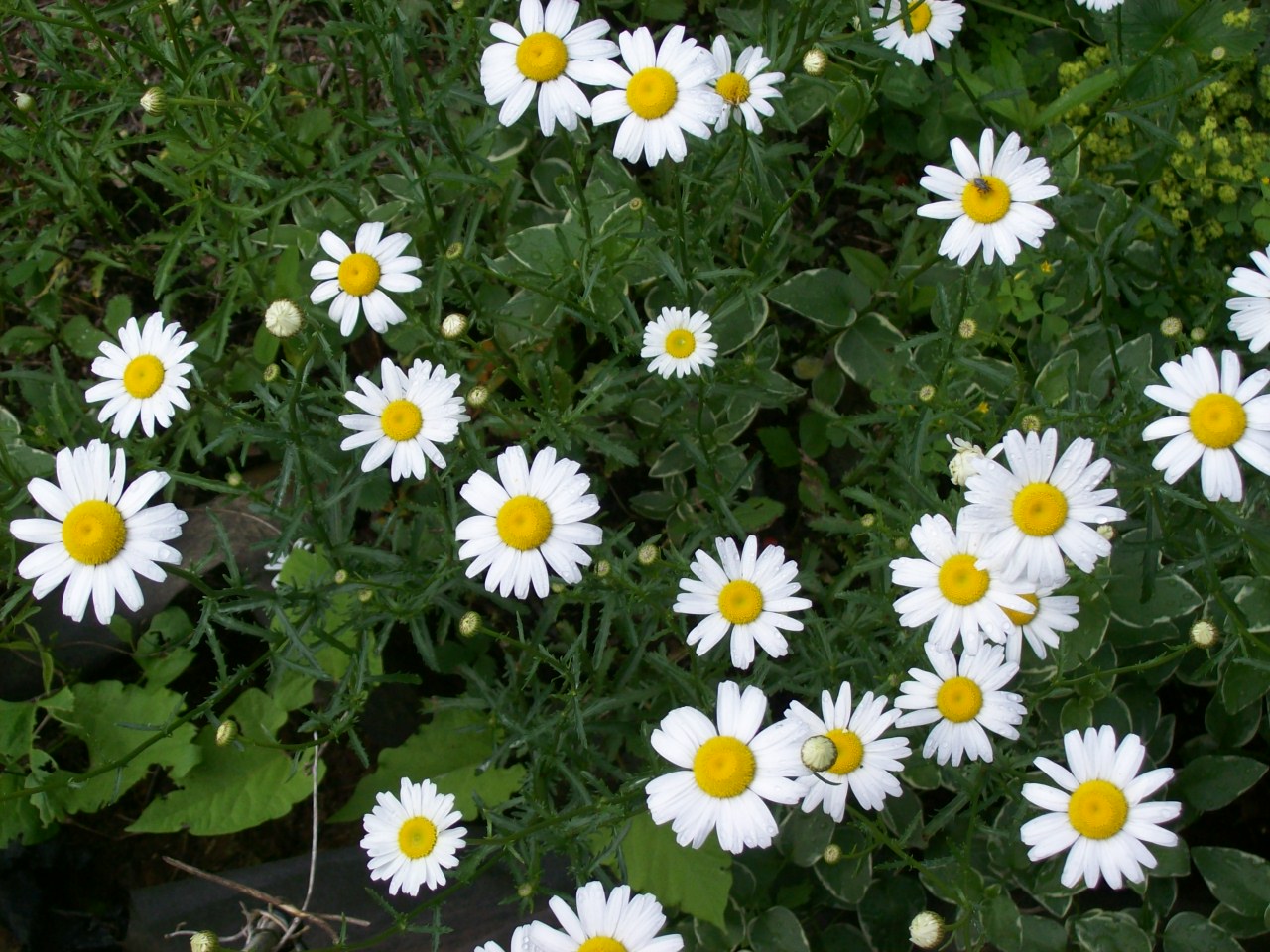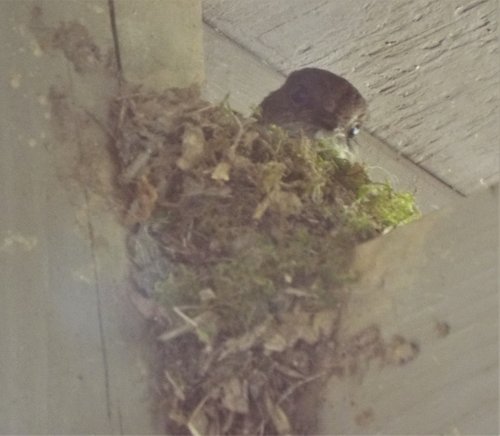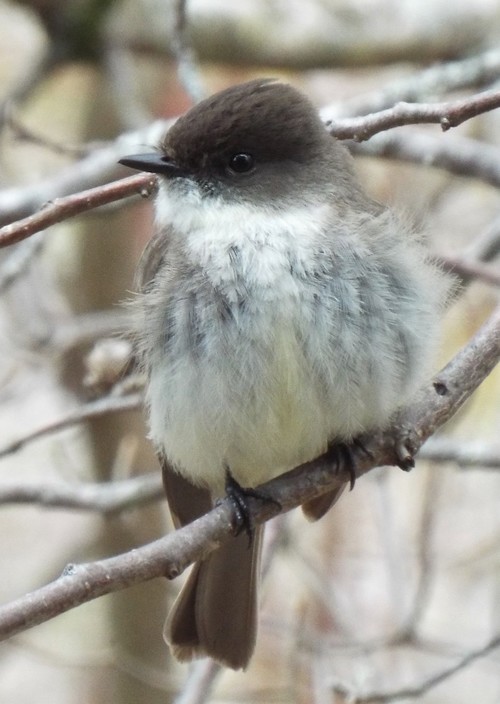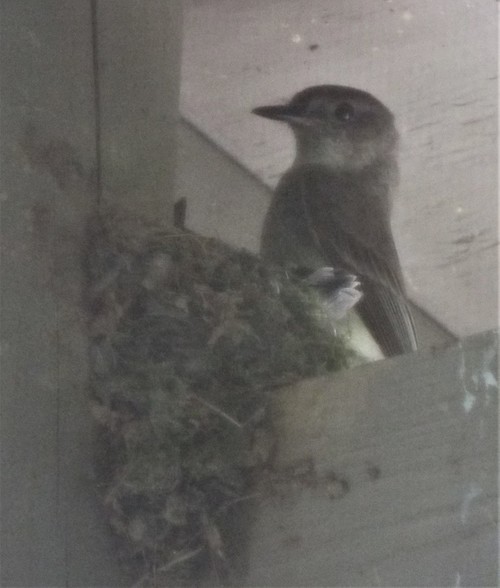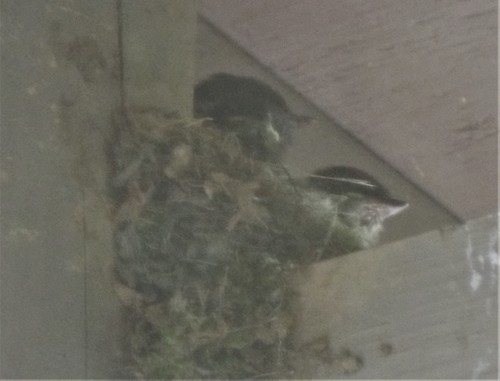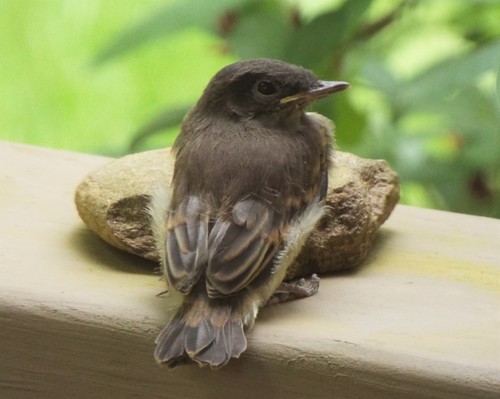This post is fourth in a series of seven. To read from the beginning click here.
* * * * * * *
Part One: Sitting Without Knowing
Not very long ago we happened to discover Carrie Newcomer, a singer-songwriter, author, poet, and seeker of truth among many other things. One of her beautiful and meaningful songs begins with the lines, “Learning to sit with not knowing, When I don’t know where it’s going.” Those words aptly describe what I believe is needed when trying to deal with the uncertainties of life.
My previous posts about my changing physical appearance over the years, my wide variety of jobs throughout my working life, and the development of my religious and spiritual ideas and beliefs led me to think about all the unexpected twists and turns we face in our lives. In my post about God and prayer I quoted from a message I delivered to the Unitarian Universalist Fellowship here in Boone many years ago, one of several during a period of about four years. In looking back at the words I wrote in one of those messages, I realized that the ideas centered around the theme of the unexpected. I wrote the following:
“The unexpected. The words don’t fit too well into our lives. They feel threatening and uncomfortable, something lurking in the dark to catch us when we aren’t looking. We feel the need to plan everything, to be sure that everything which happens is expected well in advance, scheduled and recorded in our Day Planner. But the unplanned and unexpected may be the most important of all the things which comes into our lives. Between the boundaries of birth and death, our lives are filled with almost nothing but the unexpected, even though we would like to believe it is otherwise. The one thing we can expect with absolute certainty is the unexpected. We don’t know what it will be or when it will happen or how we will handle it. It may be standing there in front of any one of us at any given moment. We simply have to be willing to see it and respond.”
Many unplanned and unexpected events have occurred in my life, and I’m sure in the lives of everyone else. Some of those I’ve already written about in my blog posts. A major one came when my evolving religious and spiritual ideas and beliefs culminated in my leaving the seminary and institutional religion to pursue a different path.
At that time we anticipated moving to the familiar territory of North Charleston. Some informal discussions had indicated a teaching position in the school system would be available to me. But the job possibility collapsed very unexpectedly. The 1968 photo in my recent blog post shows why. The Sixties had just ended and the school officials decided I must have been adversely affected by the culture around me. My hair was long and, even worse, I had a beard. Obviously I was a radical and a hippie and, therefore, was unsuitable, a likely bad influence on impressionable young students. I was informed I would not be considered until I cut my hair and shaved my beard; even then, there would be no assurance of a job. Since I recognized those conditions were likely to be followed by additional restrictions, I ruled out North Charleston. We accepted the uncertain future and looked for other employment options in Louisville.
Much has happened during the years since we were in Louisville. I’ve written about some of those events in this blog and anticipate I will write much more. In 1994 when I delivered the message quoted above, I was about to make some changes in my life. I was thinking a lot about the uncertain path ahead and how to deal with it. I have generally not approached uncertainties as many people have—setting goals, determining strategies, making detailed plans. I’ve sought to decide what would be the most meaningful action I could take and then I’ve stepped out into the unknown, trusting in my ability to cope with whatever I found there. Things have not always happened as I anticipated they would, but they have happened in a good way. I am not at the place I thought I would be, but I absolutely am glad I am here.
One of the things carried over from my Baptist background is the idea of ‘God’s will’ for me, redefined because of my changed understanding of God. Since I don’t accept the idea of an all-powerful God intimately involved in every aspect of our existence, I also don’t believe there is a plan for our lives made by God. Meaning and purpose for my life must come from within me and must ultimately be brought about by my own actions. Finding meaning and purpose in one’s life is not a simple task. Life frequently confronts us with uncertainty, the unexpected, the seemingly meaningless. But those unplanned and unexpected events and encounters often turn out to be the best parts of all, the most important, the most meaningful. The things which have come to matter most to me are the commonplace, the unexpected everyday entities and experiences transformed by seeing them for the wonders they really are. In every moment of our daily existence, even when we seem beset by uncertainty, there is wonder and meaning to be found.
We shouldn’t be surprised when uncertainties are a part of our lives. We probably should expect them every day. In learning to expect the unexpected we can relax into life, respond to situations as they arise, and then move on. Too often we try to live our lives in front of us, calculating and planning and dreaming, imagining we are in control. The only certainty, however, lies behind us when the decisions have been made and the events have actually occurred. Only in hindsight can we see the pattern which has been developing throughout our lives.
It occurs to me that navigating through the events of life is like tubing down a mountain river. Looking at the river from the bank, you can get a general feel for what it’s like and see how others are navigating the currents. Once in the moving stream the perspective is quite different. You can only see the part closest around you. You’re in it and it moves you along. Some sections are slow and gentle and allow some maneuvering. But most sections move swiftly, taking you where they run, whether you want to go there or not. You can paddle and attempt to steer, but mostly it’s a matter of watching out for the rocks you’re rushing toward and signs of others hidden just below the surface, the unexpected ones. Sometimes you see other people getting a good ride in a current you missed. Sometimes you see someone caught in a spot where they can’t move forward. Sometimes you experience those moments yourself. Now it’s fun and laughter, now it’s slow and almost boring, now it’s exciting, now it’s shocking as you crash against the rocks and are thrown into the deep water, now it’s wonderful. Then suddenly it’s over.
As in tubing down a river, the joy of life is in the ride, whatever it brings. If I’m busy thinking about the part that has already passed or anticipating what lies ahead, I don’t fully experience what is happening right now.
This moment—right now—is the only one I really have.
